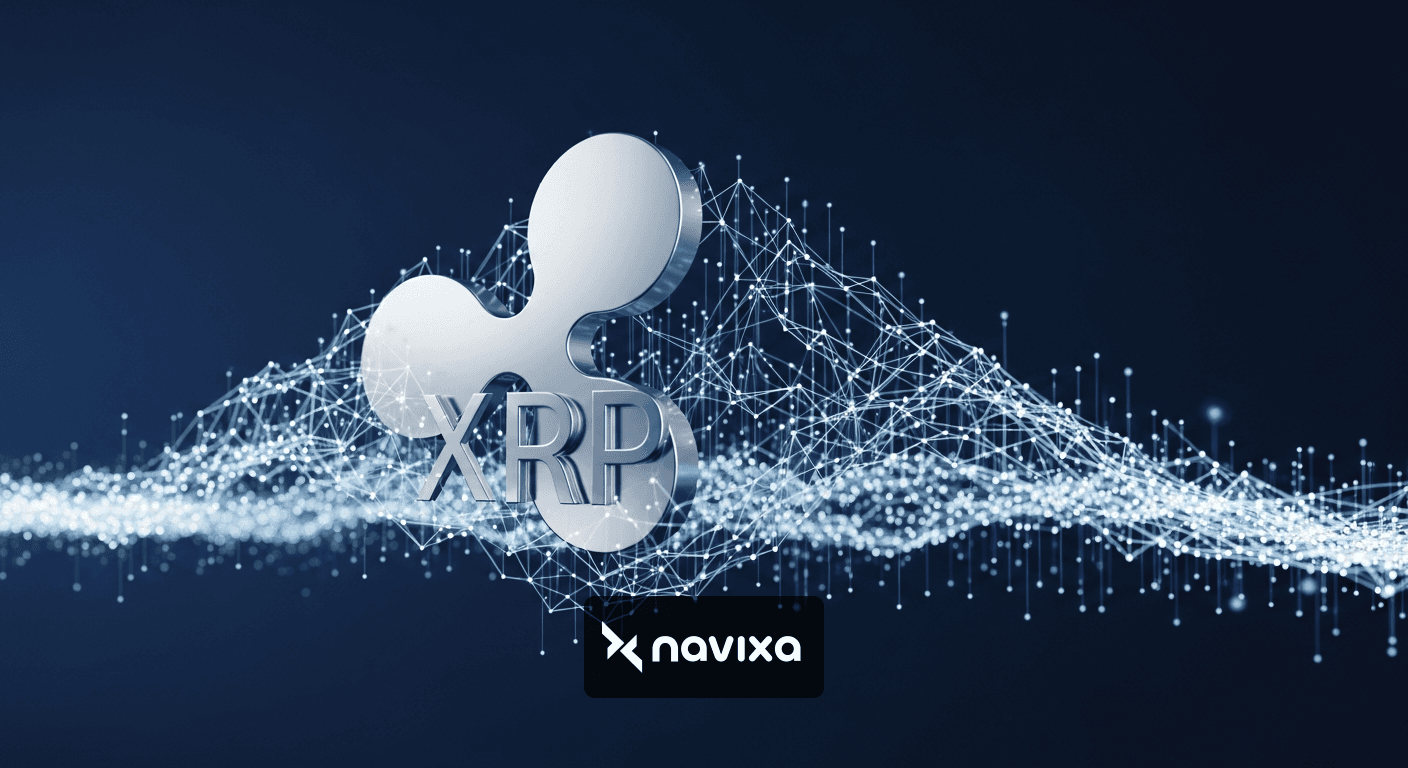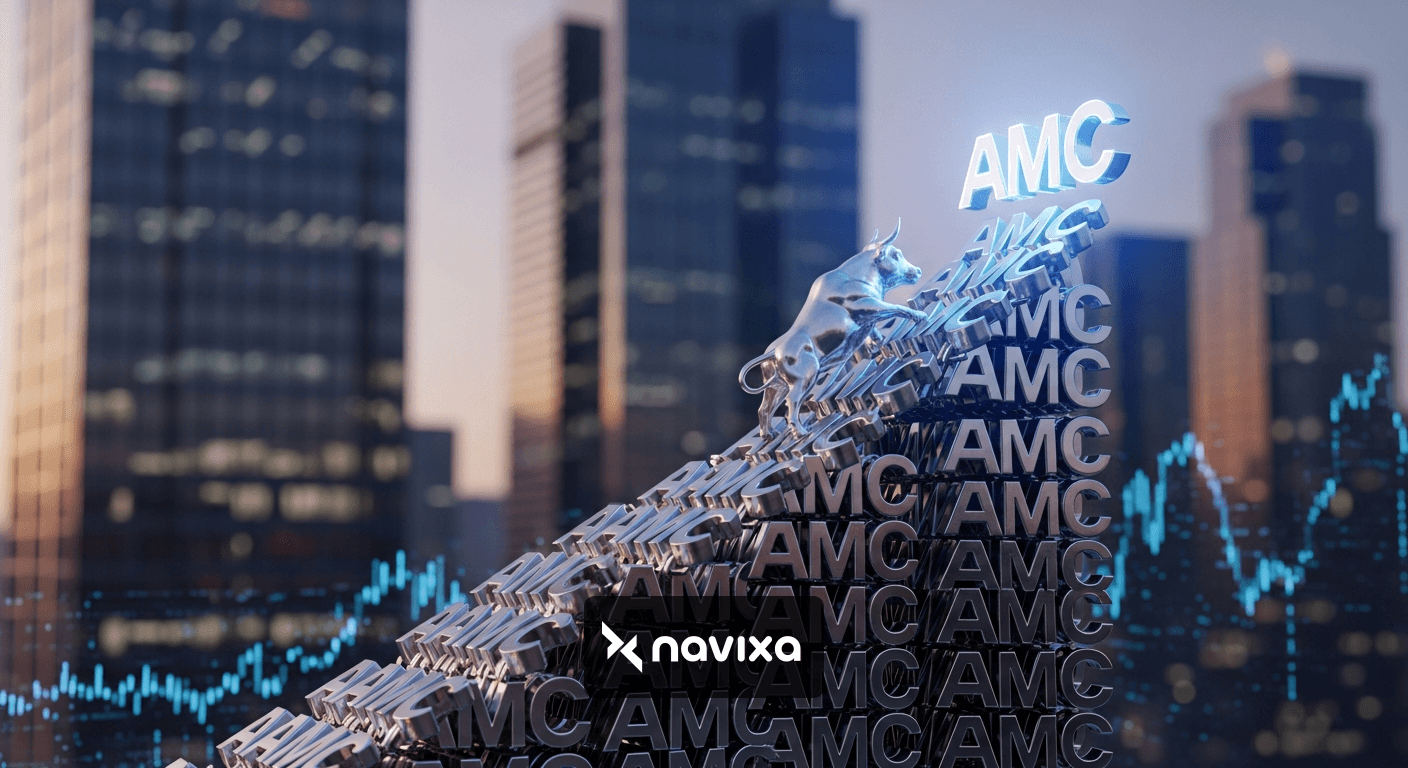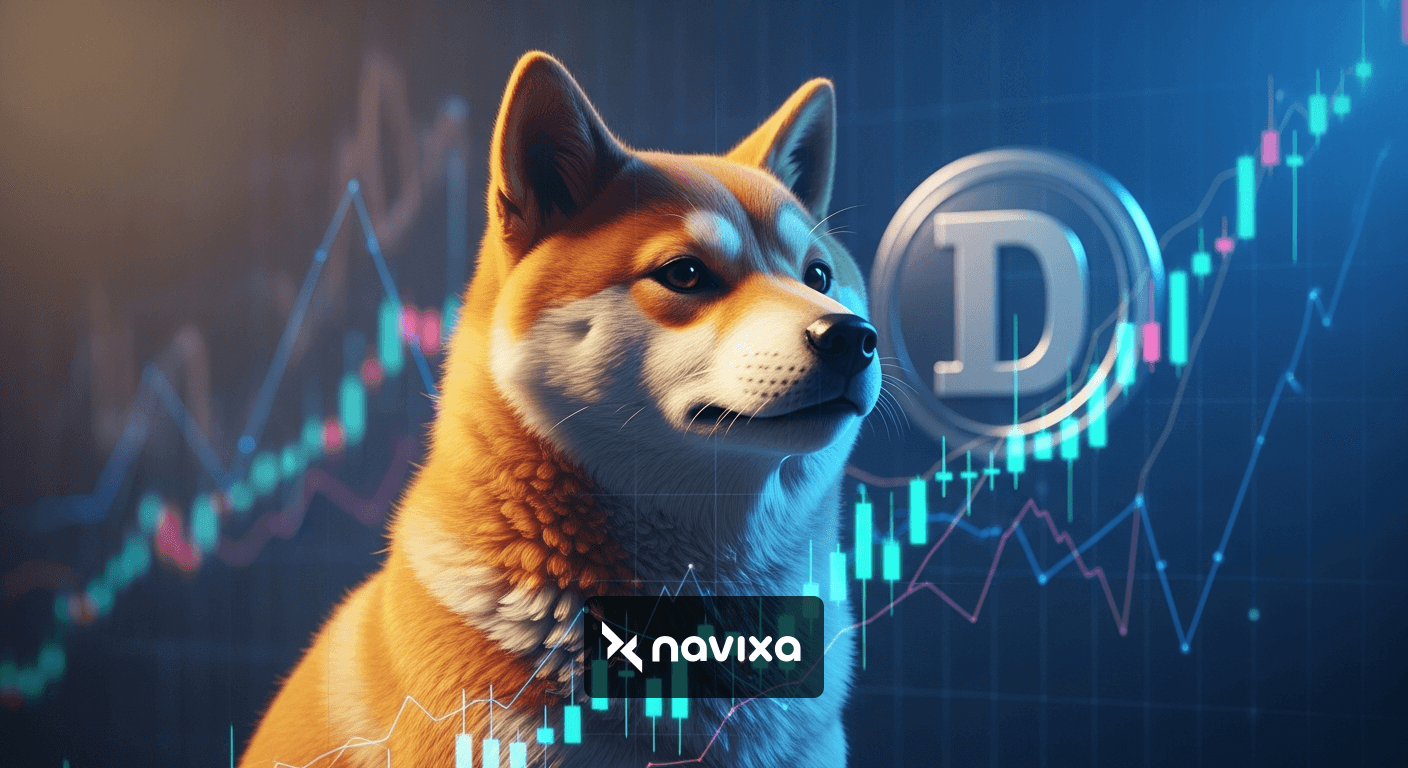Table of content
The Dawn of a New Era: XRP Enters the ETF Arena
The cryptocurrency landscape is once again buzzing with anticipation, and this time, the spotlight is firmly on XRP. Following the groundbreaking approvals of Bitcoin and Ethereum exchange-traded funds (ETFs), the crypto community and institutional investors alike are turning their attention to the next likely candidate. The launch of the first spot XRP ETF in the U.S. marks a significant milestone, potentially ushering in a new wave of adoption and investment in the digital asset. This article delves into the intricacies of an XRP ETF, exploring its mechanics, potential market impact, and what it means for the future of crypto trading.
What Exactly is an XRP ETF?
An XRP ETF is an exchange-traded fund that allows investors to gain exposure to the price of XRP without directly owning the cryptocurrency. Think of it as a stock that trades on traditional exchanges like the NYSE or Nasdaq, but instead of representing ownership in a company, its value is designed to mirror the price of XRP. This financial product bridges the gap between the traditional financial world and the burgeoning crypto market, offering a regulated and familiar investment vehicle for a wider audience.
How Does it Work? The Mechanics Behind the Fund
The process begins with a financial institution, known as the issuer, creating the ETF. This issuer purchases and holds actual XRP in secure, institutional-grade custody. Shares of this fund are then created and listed on a stock exchange for investors to buy and sell through their regular brokerage accounts. The value of these ETF shares is directly tied to the net asset value (NAV) of the XRP held by the fund. This structure provides a seamless way for individuals and institutions to invest in XRP with the same ease as trading stocks.
Spot vs. Futures ETFs: A Key Distinction
It's crucial to differentiate between spot and futures-based ETFs. A spot XRP ETF, the focus of recent excitement, directly holds XRP as its underlying asset. This means its price should closely track the real-time market price of XRP. Conversely, a futures-based ETF derives its value from futures contracts, which are agreements to buy or sell XRP at a predetermined price on a future date. While futures ETFs have been available for some cryptocurrencies, the approval of spot ETFs is considered a much more significant development for market maturity and investor access.
The Road to Approval: Overcoming Regulatory Hurdles
The journey to an XRP ETF has been anything but straightforward, largely due to the long-standing legal battle between Ripple Labs and the U.S. Securities and Exchange Commission (SEC). The lawsuit, filed in December 2020, alleged that Ripple conducted an unregistered securities offering through its sale of XRP. This legal cloud created significant uncertainty and was a major roadblock for any potential ETF.
A Landmark Ruling and a Shift in Momentum
A pivotal moment came in July 2023 when a U.S. District Judge ruled that programmatic sales of XRP on public exchanges did not constitute securities transactions. This partial victory for Ripple provided much-needed legal clarity and was widely seen as a green light for the development of XRP-related financial products. With the lawsuit officially ending in August 2025, the primary regulatory obstacle was removed, paving the way for a flurry of ETF filings from major asset managers.
Market Impact and Investment Potential of an XRP ETF
The introduction of a spot XRP ETF is expected to have a profound impact on the market, driven by several key factors:
Increased Accessibility: An ETF opens the door to a vast pool of investors who are comfortable with traditional investment vehicles but may be hesitant to navigate the complexities of cryptocurrency exchanges and digital wallets.
Institutional Inflows: The regulated nature of an ETF makes it an attractive option for institutional investors, such as pension funds and mutual funds, who have been largely on the sidelines of the crypto market. This influx of institutional capital could significantly boost XRP's liquidity and market capitalization.
Enhanced Legitimacy and Price Discovery: The approval of an XRP ETF by a major regulatory body like the SEC lends significant credibility to XRP as a legitimate asset class. This, in turn, can lead to more transparent price discovery and potentially trigger a price rally, as has been observed with the launch of Bitcoin and Ethereum ETFs.
The BlackRock Factor: A Potential Game-Changer
The potential entry of financial giants like BlackRock into the XRP ETF space has fueled significant speculation. While BlackRock CEO Larry Fink has remained tight-lipped, his non-committal responses to questions about an XRP ETF have been interpreted by many as a sign of underlying interest. Given BlackRock's immense influence, their involvement would undoubtedly be a major catalyst for institutional adoption and market growth.
Benefits and Risks for Traders and Investors
Investing in an XRP ETF offers a distinct set of advantages and disadvantages compared to directly holding the cryptocurrency. Here’s a breakdown to help you weigh your options:
The Future of XRP and the Broader Crypto Market
The successful launch of an XRP ETF could have a ripple effect (no pun intended) across the entire cryptocurrency ecosystem. It would solidify the precedent set by Bitcoin and Ethereum ETFs, potentially opening the floodgates for similar products tracking other major altcoins. This continued integration of digital assets into mainstream finance is a crucial step towards broader adoption and market maturation.
"The approval of an XRP ETF would not just be a win for XRP holders, but for the entire crypto industry, signaling a more accepting and mature regulatory environment."
Actionable Takeaways for Traders and Investors
For those looking to capitalize on the potential of an XRP ETF, here are some key considerations:
Stay Informed: Keep a close eye on regulatory developments and announcements from potential ETF issuers. The crypto market is notoriously fast-moving, and staying ahead of the news is crucial.
Understand Your Risk Tolerance: XRP, like all cryptocurrencies, is a volatile asset. An ETF provides exposure to this volatility, so it's essential to assess your risk appetite before investing.
Consider Your Investment Strategy: Are you a long-term holder or a short-term trader? Your strategy will influence whether an ETF or direct ownership of XRP is the better choice for you. ETFs can be more suitable for long-term investors seeking simplified exposure, while direct ownership offers more flexibility for active traders.
The Final Word: A New Chapter for XRP
The arrival of a spot XRP ETF is more than just a new financial product; it's a testament to the resilience of XRP and the growing acceptance of cryptocurrencies in the traditional financial system. While the road ahead will undoubtedly have its share of volatility and regulatory scrutiny, the launch of an XRP ETF represents a significant step forward, offering a more accessible and regulated pathway for investors to participate in the future of digital finance. As the crypto trading wave continues to evolve, the XRP ETF is poised to be a major force, reshaping the investment landscape for years to come.


